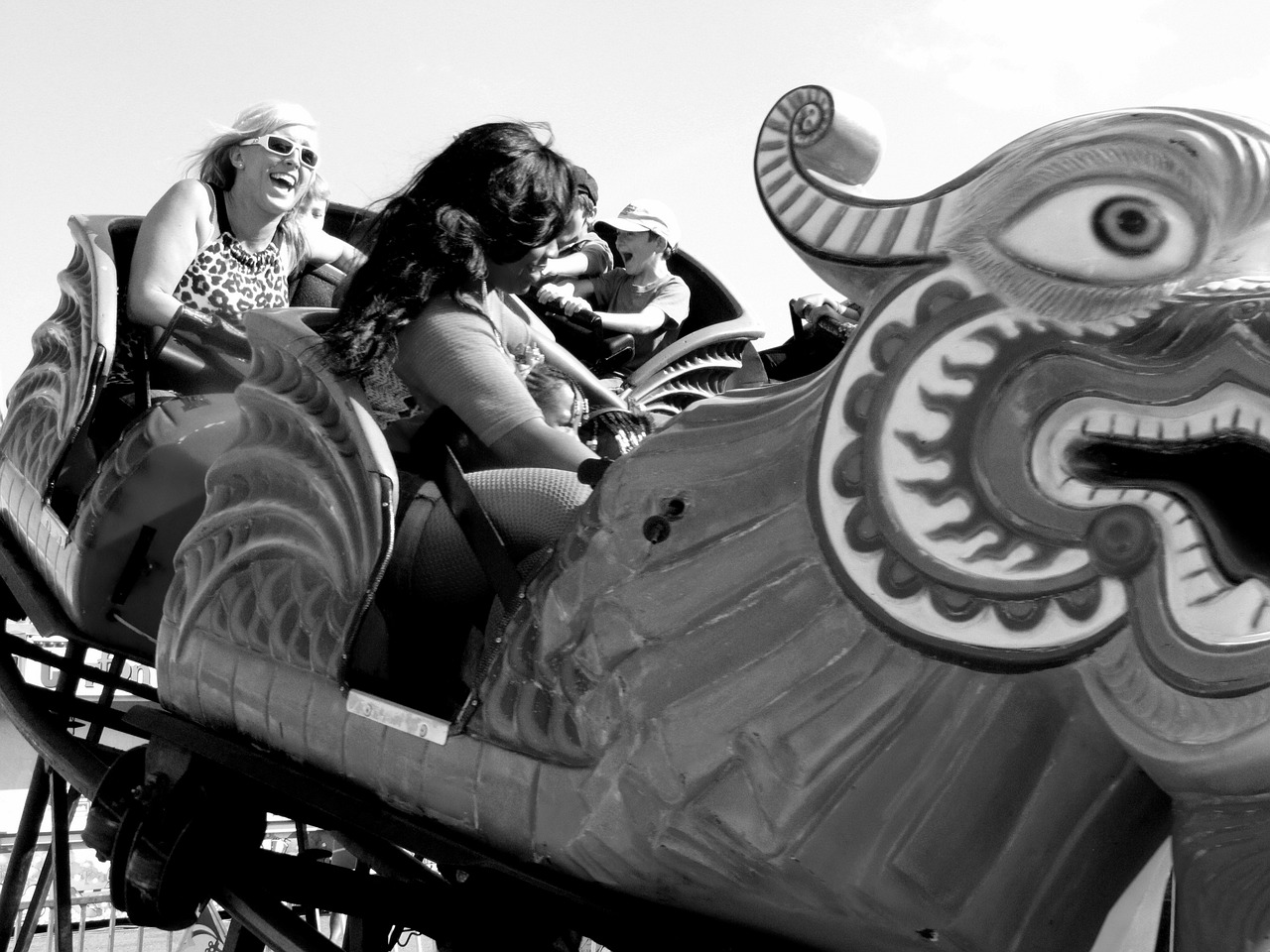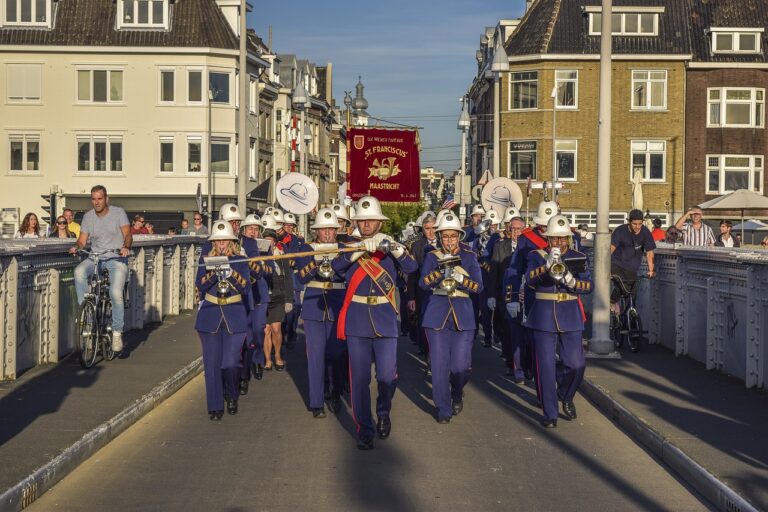The Role of Visual Effects in Creating Iconic TV Show Effects
Visual effects play a crucial role in creating iconic TV show effects that captivate audiences and elevate the viewing experience. From supernatural creatures to breathtaking landscapes, visual effects bring the fantastical elements of TV shows to life. In this article, we will explore the impact of visual effects on the creation of iconic TV show effects and delve into the technologies and techniques used to achieve stunning visuals on the small screen.
The Evolution of Visual Effects in TV Shows
Over the years, visual effects in TV shows have evolved significantly, thanks to advancements in technology and the creativity of visual effects artists. In the early days of television, visual effects were limited by the constraints of practical effects and rudimentary computer graphics. However, with the advent of CGI (Computer-Generated Imagery) and sophisticated software programs, TV shows have been able to push the boundaries of visual storytelling.
One of the first TV shows to make extensive use of visual effects was “Star Trek,” which debuted in the 1960s. The show’s imaginative use of practical effects and miniatures set a new standard for science fiction television. As technology continued to advance, TV shows like “Game of Thrones” and “Stranger Things” have raised the bar for visual effects, creating awe-inspiring worlds and creatures that transport viewers to alternate realities.
The Role of Visual Effects Artists
Visual effects artists are the unsung heroes behind the dazzling visuals seen on TV shows. These talented individuals are responsible for designing, creating, and implementing visual effects that enhance the storytelling and visual aesthetic of a TV show. Whether it’s adding CGI dragons to a medieval fantasy epic or creating realistic environments for a post-apocalyptic drama, visual effects artists use their skills and creativity to bring the impossible to life on screen.
In addition to creating visual effects, artists also work closely with directors, producers, and cinematographers to ensure that the effects seamlessly blend with the live-action footage. This collaboration is crucial in achieving a cohesive visual style that enhances the overall look and feel of a TV show.
Technologies and Techniques Used in TV Show Visual Effects
Visual effects in TV shows are created using a variety of technologies and techniques that help artists bring their creative visions to life. From motion capture to green screen technology, these tools enable artists to seamlessly integrate visual effects into live-action footage.
One of the most common techniques used in TV show visual effects is CGI, which allows artists to create realistic creatures, characters, and environments that would be impossible to achieve with practical effects alone. Motion capture technology is another essential tool that enables artists to capture the movements and expressions of actors and translate them into CGI characters.
Green screen technology, also known as chroma keying, is used to composite actors into virtual environments or add digital backgrounds to scenes. By filming actors against a green or blue screen, visual effects artists can later replace the background with computer-generated imagery, creating seamless visual effects that transport viewers to far-off worlds.
Examples of Iconic TV Show Effects
Several TV shows have become iconic for their innovative use of visual effects, creating unforgettable moments that have left a lasting impact on audiences. From dragons to superheroes, these shows have pushed the boundaries of visual storytelling and set a new standard for TV show effects.
Game of Thrones
One of the most visually stunning TV shows of all time, “Game of Thrones” is known for its epic battles, intricate costumes, and breathtaking landscapes. The show’s use of CGI dragons, direwolves, and White Walkers has captivated audiences and set a new standard for fantasy television.
Stranger Things
Set in the 1980s, “Stranger Things” is a nostalgia-fueled sci-fi thriller that pays homage to classic films of the era. The show’s supernatural elements, including the Upside Down and the Demogorgon, are brought to life through a combination of practical effects and CGI, creating a sense of wonder and terror that keeps viewers on the edge of their seats.
The Future of Visual Effects in TV Shows
As technology continues to advance, the future of visual effects in TV shows looks brighter than ever. With the rise of virtual production techniques and real-time rendering technology, TV shows will be able to create more immersive and realistic visuals that blur the lines between reality and fiction. Additionally, advancements in AI-driven visual effects tools will streamline the production process and enable artists to create stunning visuals in less time.
Overall, visual effects play a vital role in creating iconic TV show effects that entertain, inspire, and transport audiences to new worlds. By pushing the boundaries of what is possible on screen, visual effects artists continue to push the medium of television forward and captivate viewers with their creativity and imagination.
FAQs
1. How are visual effects created in TV shows?
Visual effects in TV shows are created using a combination of CGI, motion capture, and green screen technology. Visual effects artists work closely with directors and producers to seamlessly integrate digital elements into live-action footage.
2. What is the role of visual effects artists in TV shows?
Visual effects artists are responsible for designing, creating, and implementing visual effects that enhance the storytelling and visual aesthetic of a TV show. They work closely with directors, producers, and cinematographers to achieve a cohesive visual style.
3. What are some examples of iconic TV show effects?
Shows like “Game of Thrones” and “Stranger Things” are known for their innovative use of visual effects, creating unforgettable moments that have left a lasting impact on audiences.







